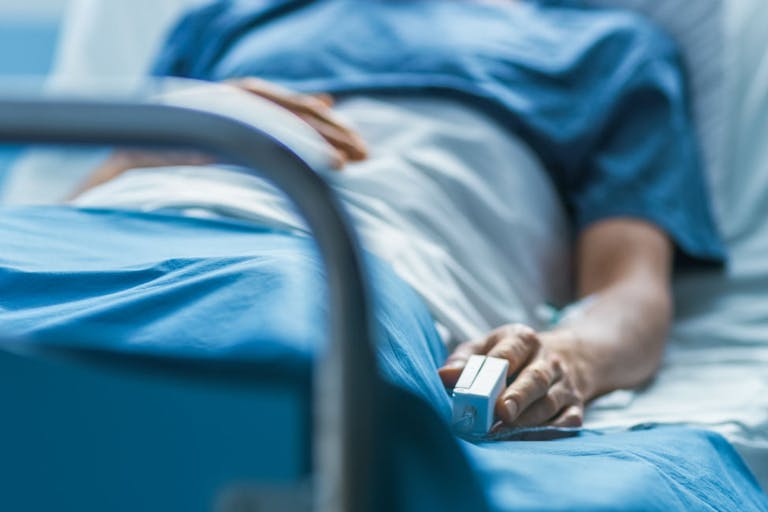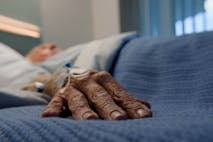
14th Texas county outlaws abortion and use of roads for ‘abortion trafficking’
Mark Lee Dickson
·
New research: Some comatose patients have hidden signs of consciousness
According to recent Columbia University research, there is a hidden sign of consciousness in comatose patients that shows they can hear and understand what’s happening.
Researchers analyzed 226 recent comatose patients and discovered that individuals in a coma can have organized, fast frequencies in their overnight brain recordings, an indication of normal sleep patterns. These ‘sleep spindles’ appeared before doctors detected signs of ‘hidden consciousness’ in the patients.
“We’re at an exciting crossroad in neurocritical care where we know that many patients appear to be unconscious, but some are recovering without our knowledge,” said lead author Jan Claassen, a professor of neurology and chief of critical care and hospitalist neurology at New York-Presbyterian/Columbia University Irving Medical Center. “We’re starting to lift the lid a little bit and find some signs of recovery as it’s happening.”
She noted that electrical activity during sleep looks “chaotic,” but in some patients, “organized” frequencies appear. The research will help doctors identify which patients with unresponsive brain injuries are likely to achieve long-term recovery, although the findings only apply to patients with new injuries.
“Spindles happen normally during sleep and they’re showing some level of organization in the brain, suggesting circuits between the thalamus and cortex needed for consciousness are intact,” said Claassen.
Article continues below
Dear Reader,
In 2026, Live Action is heading straight where the battle is fiercest: college campuses.
We have a bold initiative to establish 100 Live Action campus chapters within the next year, and your partnership will make it a success!
Your support today will help train and equip young leaders, bring Live Action’s educational content into academic environments, host on-campus events and debates, and empower students to challenge the pro-abortion status quo with truth and compassion.
Invest in pro-life grassroots outreach and cultural formation with your DOUBLED year-end gift!
READ: ‘Instant connection’: Australian mom wakes from coma and meets her newborn baby
Among those with sleep spindles and cognitive motor dissociation, 76% showed evidence of consciousness by the time they were discharged from the hospital. After a year, 41% had recovered neurological function with minor deficits or a moderate disability. However, of patients who did not experience sleep spindles or cognitive motor dissociation, only 29% showed signs of consciousness by the time they were discharged, and only seven percent (7%) regained neurological function after a year.
According to Columbia University, this research doesn’t prove that inducing sleep spindles would lead to better outcomes, but it does show that improving a patient’s sleep may help their recovery. The environment of the intensive care unit may be preventing the good sleep they need.
“Families of my patients ask me all the time, will my mother wake up? How is my mother going to look in three, six, or 12 months? Very often we cannot guide them very precisely, and it’s crucial that we improve our predictions to guide their decision making,” said Claassen.
Live Action News is pro-life news and commentary from a pro-life perspective.
Contact editor@liveaction.org for questions, corrections, or if you are seeking permission to reprint any Live Action News content.
Guest Articles: To submit a guest article to Live Action News, email editor@liveaction.org with an attached Word document of 800-1000 words. Please also attach any photos relevant to your submission if applicable. If your submission is accepted for publication, you will be notified within three weeks. Guest articles are not compensated (see our Open License Agreement). Thank you for your interest in Live Action News!

Mark Lee Dickson
·
Issues
Angeline Tan
·
Issues
Bridget Sielicki
·
Issues
Nancy Flanders
·
Politics
Bridget Sielicki
·
Issues
Sheena Rodriguez
·
Issues
Nancy Flanders
·
Human Interest
Nancy Flanders
·
Investigative
Nancy Flanders
·
Pop Culture
Nancy Flanders
·
Human Interest
Nancy Flanders
·